Los Angeles currently has around 5000 active and inactive oil wells throughout the County. Who would have thought? A video produced by "Vice News" titled "Crude L.A.: California's Urban Oil Fields" gives us a brief (less than 19 minutes) tour of a few of the facilities is shown below:
The video is definitely worth watching. There are many valid points that have been brought up which have been in the news in the last few months. Especially, in the aftermath of the Aliso Canyon Gas (Methane) Leak which adversely impacted residents at Porter Ranch. I wrote blogs on the disaster --the volume and magnitude of the leaked methane over the course of 4 months. In light of the gas leak, residents that live near oil wells are asking themselves questions like the following:
Who is looking after our well being (with regulatory affairs) with the oil companies?
Are these wells safe near my house?
What about the chemicals that have been negatively effecting my health?
There has definitely been a light turned on to magnify the inequity of the two situations. For years, big oil companies have operated in Los Angeles. As a result, considerable attention is starting to be brought on the oil wells that continue to be used -- even though there are blatant violations (in the form) of inspections. There has been no oversight from the city to keep these companies in check.
As a result, regulations are violated and have had adverse health effects on the surrounding community. The communities are composed of thousands of houses. Residents (activists) of the area need to desperately stand up to politicians and regulatory agencies to take action. This includes neighborhood councils who have considerable political power. Although, unless the residents are "united," there will be no change.
The problem is magnified by the fact that the oil drilling platforms are spread throughout Los Angeles and are hidden in some cases. As I mentioned in the second paragraph, there are roughly 5000 active and inactive oil wells in the Los Angeles area. How long have they been here for?
Los Angeles 5 Decades Ago?
In the video above, there are a few amazing film "clips" that are truth-telling of the past. Additionally, the photographs highlight the creation of our dependence on oil. Oil barons took advantage of land rights and just started drilling everywhere. Here are a few "still" photographs taken from the film and made into images.
Venice Beach:
Echo Park:
The obvious question after viewing these two photographs would be: Where are all of these oil wells now? They are in the exact same location. What has changed then? Lets take a look at the present-day situation here in the Los Angeles area.
Present Day Oil Dependent Los Angeles
The answer lies in the change in technology. Advancements in oil drilling technology has had many positive attributes for the industry. Before I highlight a couple that were brought up in the video above, a few pictures of the current situation might help you understand the ability of the technology to change the appearance of the situation.
West Los Angeles:
Beverly Hills:
South LA -- Inglewood:
South LA -- Jefferson:
A gated area with a single crane. Whereas in Beverly Hills, the residents are completely deceived by hiding the tower in construction. A similar situation exists in West Los Angeles. What would occur if the residents knew about the frequency of the wells? Furthermore, that these sites serve as a conduit for hundreds of oil wells that are tapped in that location. Here is an example from Jefferson shown below:
And...
The two pictures above are the same area that contains the crane or rig in earlier pictures from Jefferson. As you can see, the space looks rather empty -- except for tiles on the ground. Each of the tiles is an oil well head. Think of the collection of oil wells like a cross section of a wire bundle that is composed of a bunch of strands of wire (each well corresponds to a strand of wire). The bundle of oil wells drop several thousand feet vertically and then expand out horizontally. Wow!
Activists and residents are concerned about fumes from chemicals used in the drilling and recovery process. In the last photo there are visible "containers - large containers" of "solvents" and "acids" which are used in the extraction process. Here is a diagram below which was taken to illustrate the point of the potential hazards of using such chemicals (acids, solvents, etc.):
Acids are used to break up the oil and make the extraction process easier. The problem with using these chemicals is the amount of "hazardous waste" generated along with the gases that are given off during the process. If there was sufficient space between the oil well and the nearest house, an argument might be possible on behalf of the oil companies. Shown below is a picture of a resident who was interviewed for the article -- who has studied the problem extensively:
The resident is part of the entire neighborhood that is "silently" concerned about these extraction sites all over the city of Los Angeles. Two blocks away is an elementary school from which children and parents walk home each weekday.
These people are being exposed to "hazardous chemicals" on a daily basis. The problem is centered around linking the use of these chemicals to adverse health effects. Additionally, the lack of concern from the politicians and regulatory agencies is not going over great with the public -- as expected. I use sarcasm due to the astonishing realization that there is a lack of care by these publicly held offices. Change needs to occur and soon -- very soon.
Of course, the greater question is centered around demand. If California residents to continue to increase their use of cars rather than public transportation, there will be a corresponding increase in demand for oil. Which in turn will outweigh potential hazards to the surrounding community. This is a reality. According to the California State Board of Equalization's "Economic Perspective," a semi-accurate estimation for annual fuel consumption in 2014 would be around 15 billion gallons of fuel. California residents drove a combined 300 billion miles annually -- Wow! Couple this stated statistic to the subject of the blog -- Oil out of Los Angeles and the obvious question pops up:
How much oil is extracted in Los Angeles Annually?
According to various sources, the figure is around 24 million Barrels of Oil (annually). If we convert the number of Barrels of oil extracted annually into gallons of oil, then a direct comparison of demand versus supply can be carried out. I show the calculations of the unit conversion below:
According to the results, the amount of oil that is extracted annually is not negligible. 6.72% is important. Especially, when we consider moving the oil to the refineries and processing and delivering back to the stations (for consumers to suck up into their cars). Is that worth the danger of a disaster similar to the recent methane leak at Aliso Canyon Gas Storage Facility? Hard to say. If you are the resident living near the oil well the answer would be "no way." Whereas, if you are a resident of Bel Air who lives far away, the answer may be "Sure."
Inequality Seems To Outweigh Reason
The oil well issue has been around for decades as shown in pictures taken from the film. With the blatant void in the regulatory agency within city hall, one is led to believe (unfortunately) that the situation will not change soon. At least, not by any politician or regulatory agency anytime soon. In the meantime, there is another issue that takes up just as great of precedence in the South Los Angeles Area.
That problem is centered around the company Exide that operates a "lead acid battery" plant in Vernon, California. For an excellent detailed account of the issue see the articles located on the blog Streetsblogs (access them here). For more information, search "Sahra Sulaiman" for her continuing coverage of the inequality and dangers of this situation.
Exide might have had a less difficult time dealing with the problem of a clean-up if the disaster at Aliso Canyon Storage Facility had not happened. From a regulatory standpoint, the situation is a disaster. Whereas from an activist standpoint, the disaster is not great, but is a great starting point to motivate change on part of the regulatory agencies. Of course, any part of change requires that each of us take action in our own lives. For starters, we can keep the agencies accountable by asking questions about toxicity, regulatory procedures, and change toward a more sustainable environment.
Additionally, each of us can start looking toward the future with a greater "sustainable" mindset intact. To start with, we can cut our consumption down of oil. Currently, the Los Angeles area extracts 24 million Barrels of oil each year. What if there is a disaster? Any improvements in sustainability measures might be wiped away. What part are you doing to solve the problem? These are the questions that I think about. Of course, sometimes I think about these questions while driving my car on the freeway while stuck in traffic. No one is perfect. Change has to start somewhere for each of us -- individually and collectively. Have a great weekend.

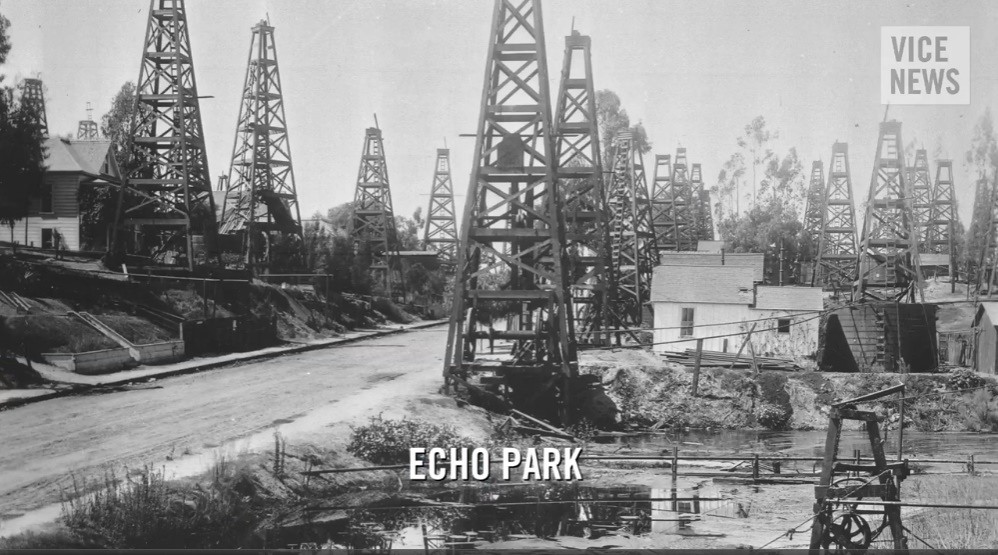
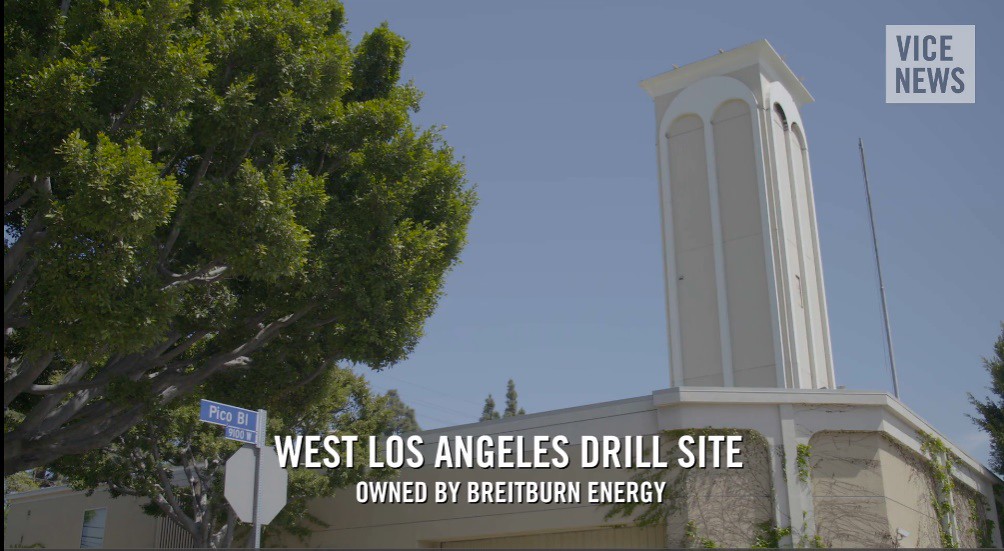
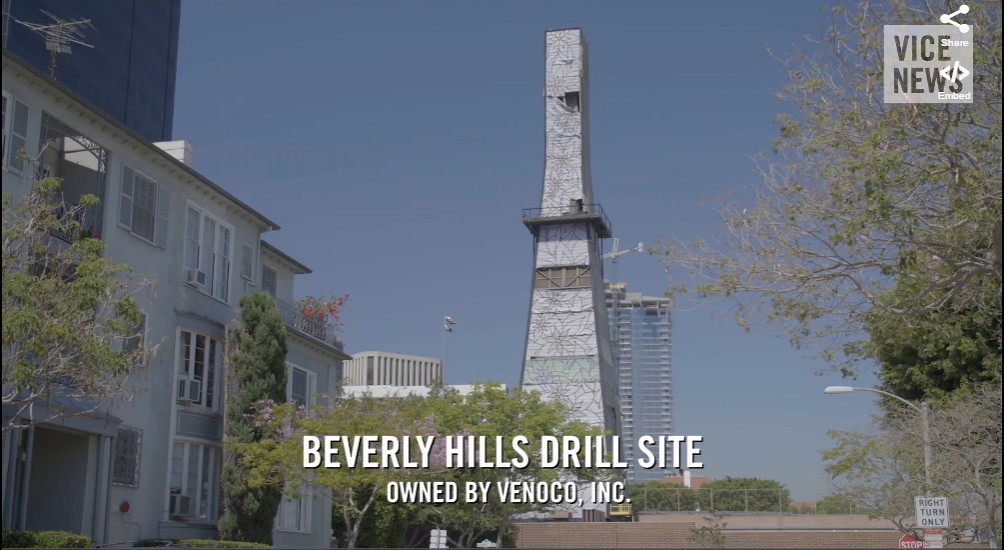

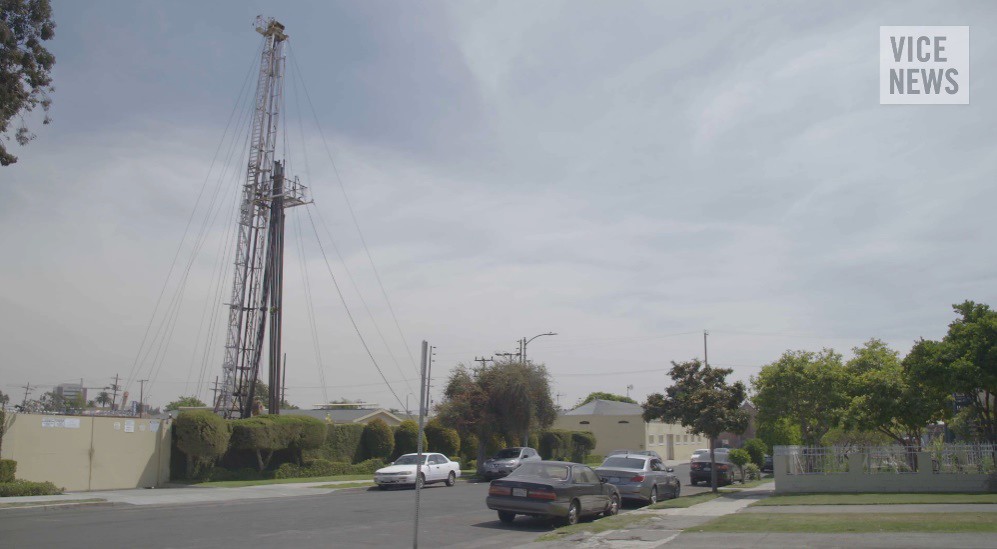


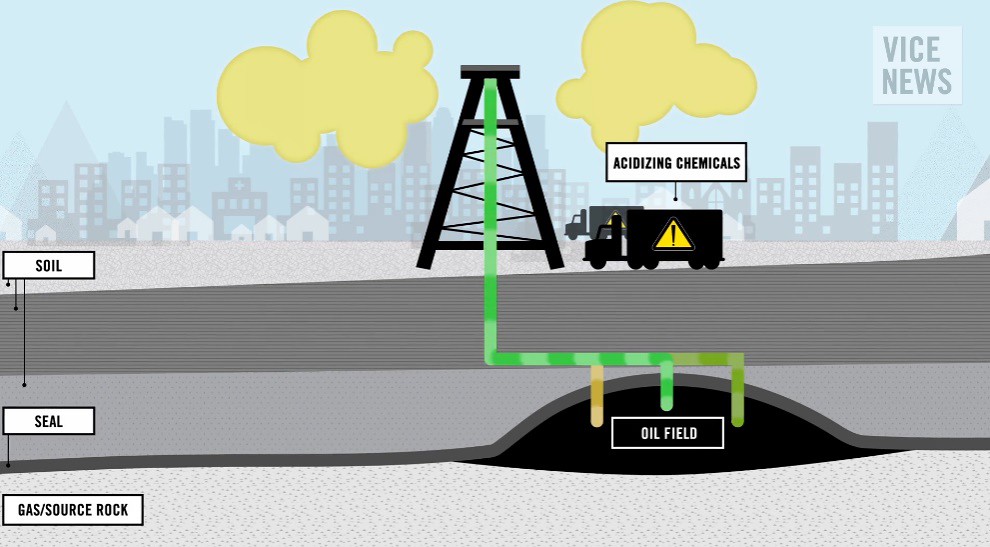
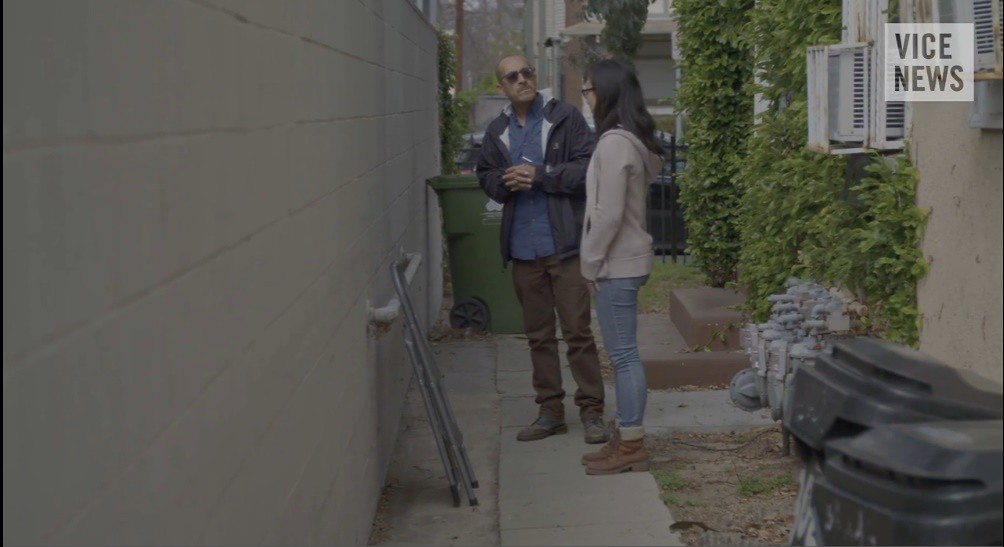
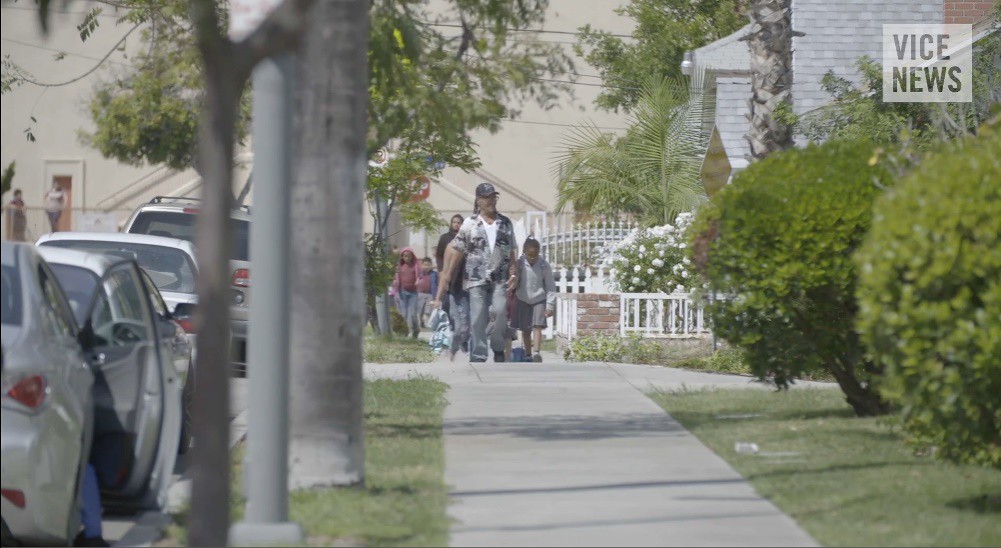
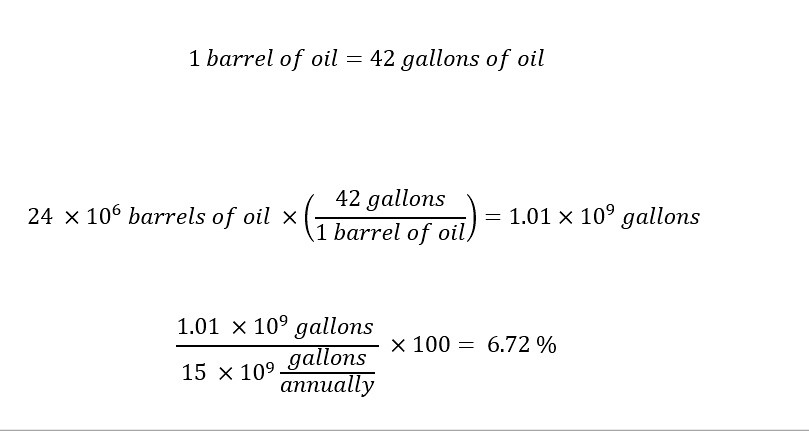
No comments:
Post a Comment